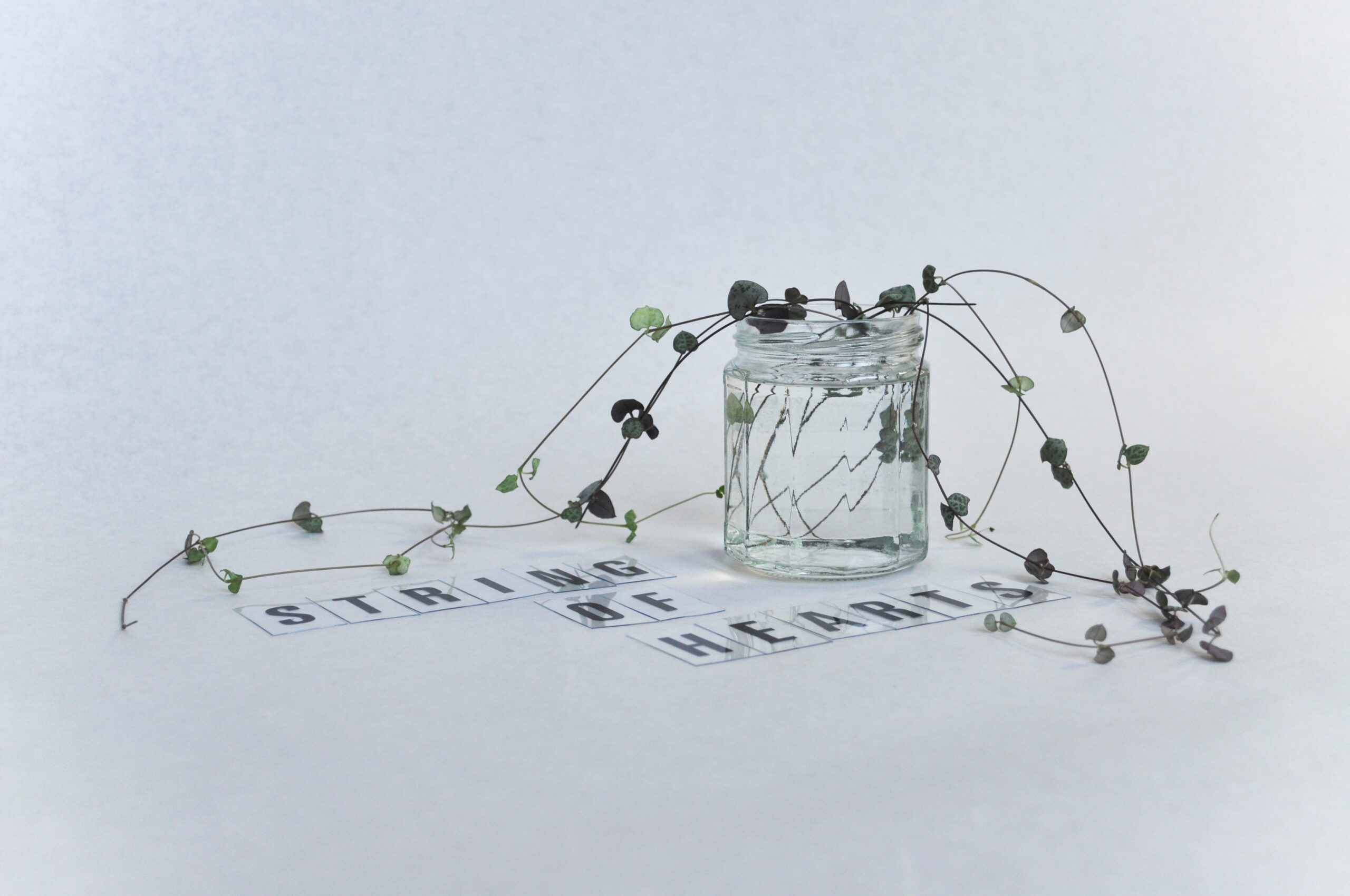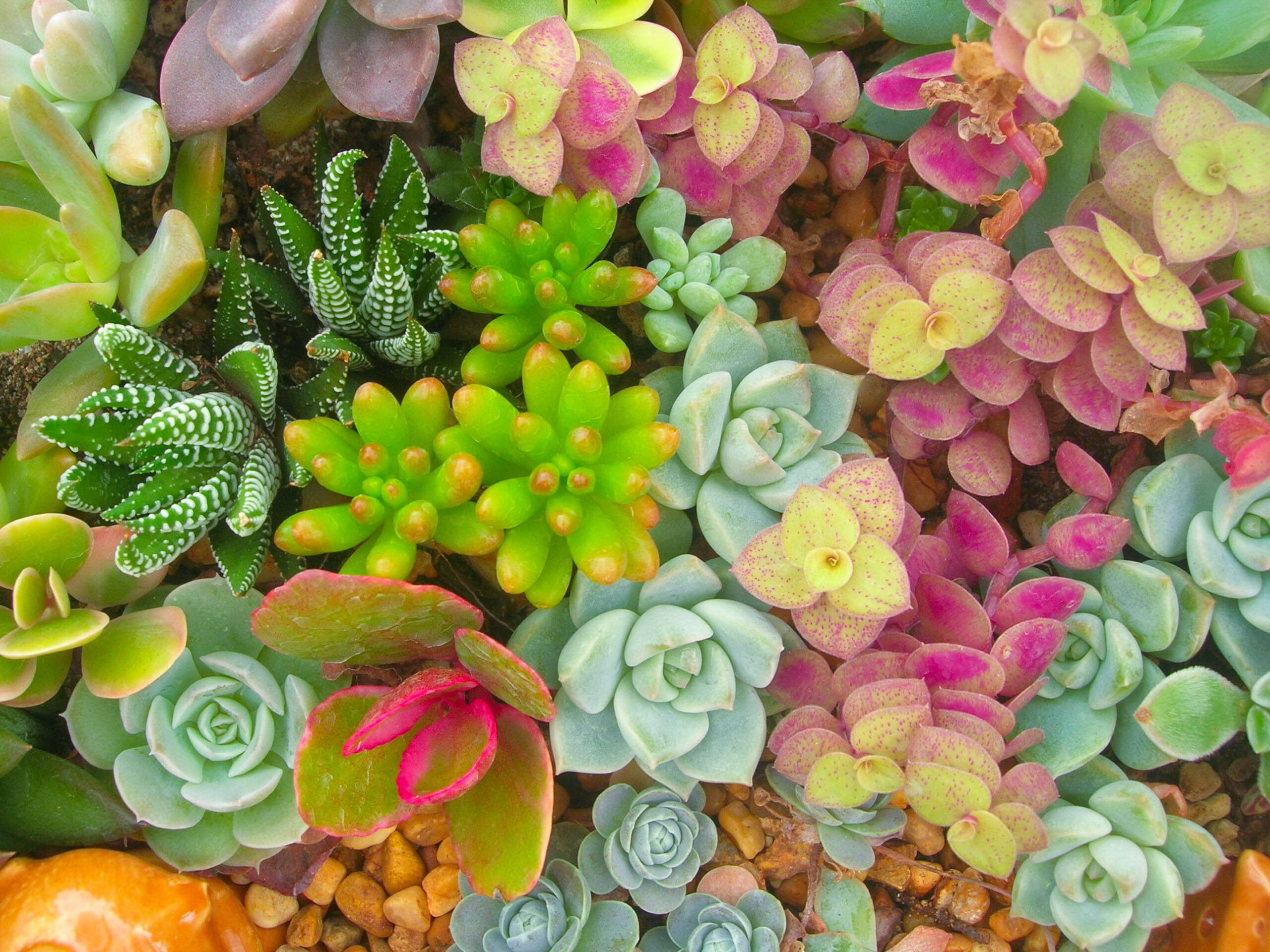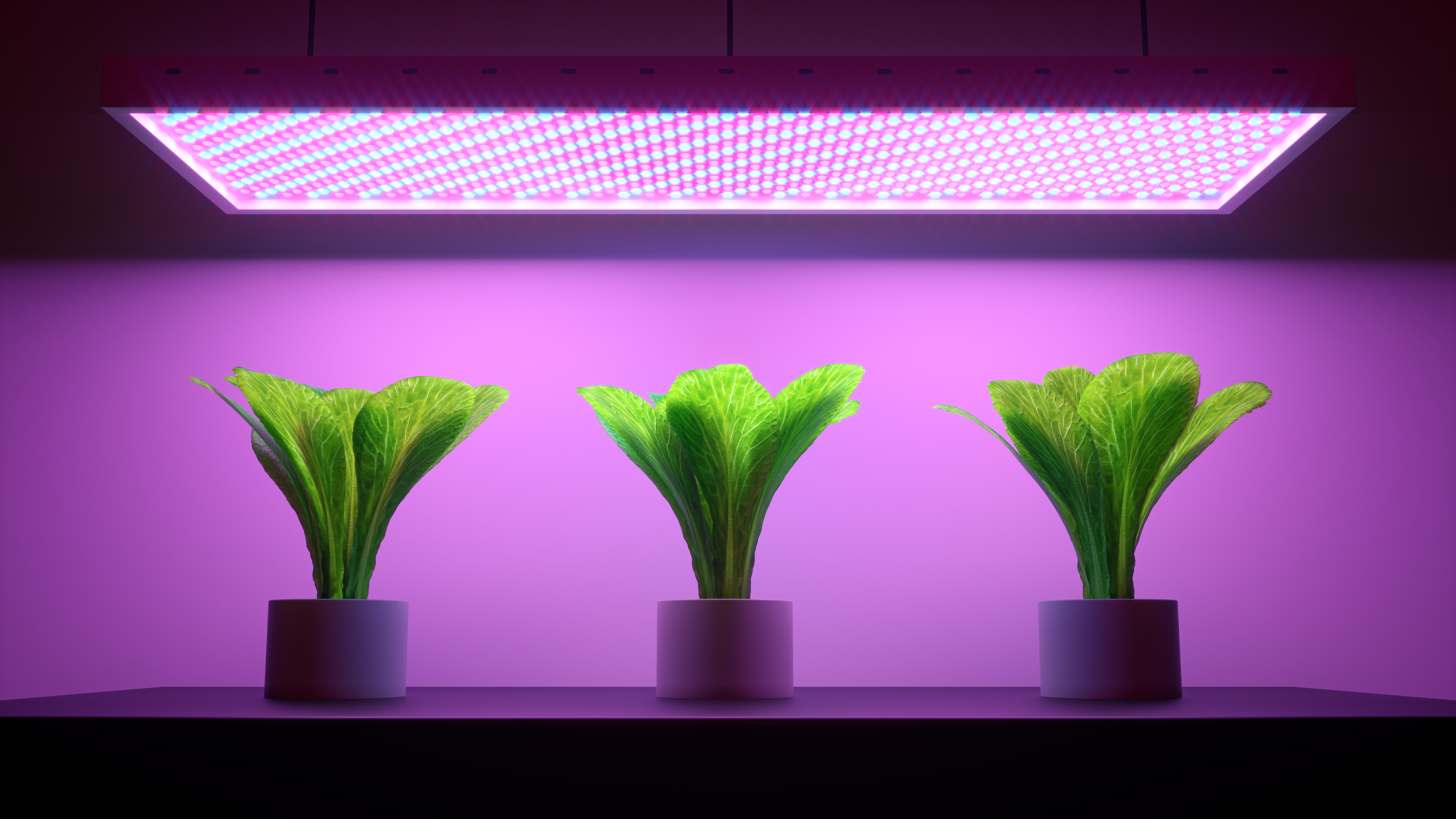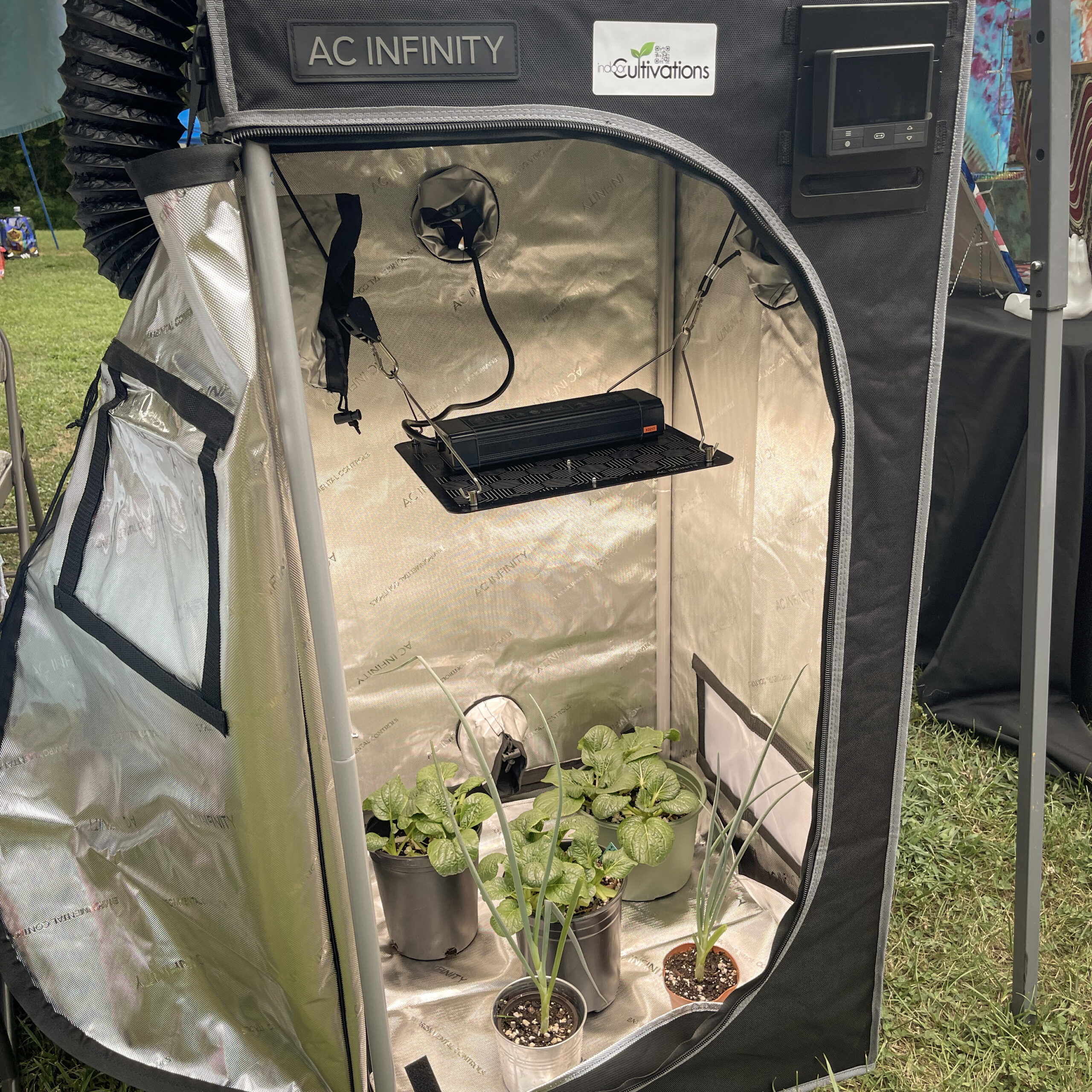Creating a Sustainable Indoor Garden: Eco-Friendly Practices for Plant Enthusiasts
Indoor gardening offers a wonderful opportunity to connect with nature, improve air quality, and beautify your living space. However, it’s important to approach indoor gardening with sustainability in mind to minimize environmental impact and create a greener world. By adopting eco-friendly practices, you can cultivate a sustainable indoor garden that benefits both you and the planet. In this blog, we will explore various practices and tips for creating a sustainable indoor garden that promotes environmental consciousness.
Choose Sustainable Plant Varieties
Start your sustainable indoor garden by selecting plant varieties that are well-suited for indoor environments and require minimal resources. Opt for native or locally adapted plants, as they are better acclimated to the local climate and typically require less water and maintenance. Additionally, consider growing edible plants such as herbs, leafy greens, or vegetables, which can provide you with fresh produce and reduce the need for store-bought items with high environmental footprints.
Use Organic and Sustainable Growing Methods
Avoid using synthetic fertilizers, pesticides, and herbicides that can harm the environment and negatively impact your indoor garden’s ecosystem. Instead, opt for organic and sustainable alternatives. Utilize organic fertilizers, such as compost or worm castings, to nourish your plants naturally. Implement integrated pest management techniques, such as hand-picking pests or introducing beneficial insects, to control pest populations without resorting to harmful chemicals. These practices promote the health and resilience of your plants while minimizing the impact on the environment.
Conserve Water
Water conservation is essential for sustainable indoor gardening. Be mindful of your water usage by incorporating water-saving techniques. Use a watering can or a drip irrigation system to deliver water directly to the plants’ roots, minimizing water waste. Collect and reuse water from sources like dehumidifiers or rainwater for watering your plants. Additionally, consider the specific water requirements of your plants and avoid overwatering, as excess water can lead to root rot and other issues.
Optimize Natural Light
Take advantage of natural light to reduce your reliance on artificial lighting. Place your indoor garden near windows or in areas with ample sunlight. Properly position your plants to ensure they receive the optimal amount of light throughout the day. Regularly clean windows to maximize light penetration. By harnessing natural light, you not only reduce energy consumption but also provide your plants with the full spectrum of sunlight they need for healthy growth.
Energy-Efficient Artificial Lighting
When supplemental lighting is necessary for your indoor garden, choose energy-efficient options. LED grow lights are an excellent choice, as they consume less energy, produce less heat, and have a longer lifespan compared to traditional lighting options. Opt for LED grow lights with adjustable spectrums, allowing you to customize the light output to match your plants’ specific growth stages. Additionally, use timers or smart plugs to regulate the duration and timing of your artificial lighting, ensuring efficient energy use.
Repurpose and Recycle
Embrace sustainability by repurposing and recycling materials for your indoor garden. Use recycled containers or repurpose household items like jars, cans, or old furniture as planters. Repurpose coffee grounds, eggshells, or vegetable scraps as natural fertilizers or compost components. Recycling and repurposing not only reduce waste but also add a unique and creative touch to your indoor garden.
Creating a sustainable indoor garden allows you to enjoy the benefits of gardening while promoting environmental consciousness. By choosing sustainable plant varieties, using organic growing methods, conserving water, optimizing natural light, utilizing energy-efficient artificial lighting, and repurposing/recycling materials, you can cultivate an eco-friendly indoor garden. By implementing these practices, you contribute to a greener world and inspire others to embrace sustainability in their own gardening endeavors. Embrace the joy of gardening while nurturing a sustainable future for generations to come.


Mastering the Art of Propagating Succulents: A Guide for the Burke Indoor Gardener

Optimizing Grow Conditions with AC Infinity: Crafting the Ideal Environment

Setting Up Your First Grow Tent with Indoor Cultivations: Your Step-by-Step Guide to AC Infinity Grow Tent Kits

Benefits of Using AC Infinity Grow Tent Kits: Mastering the Indoor Gardening Environment

